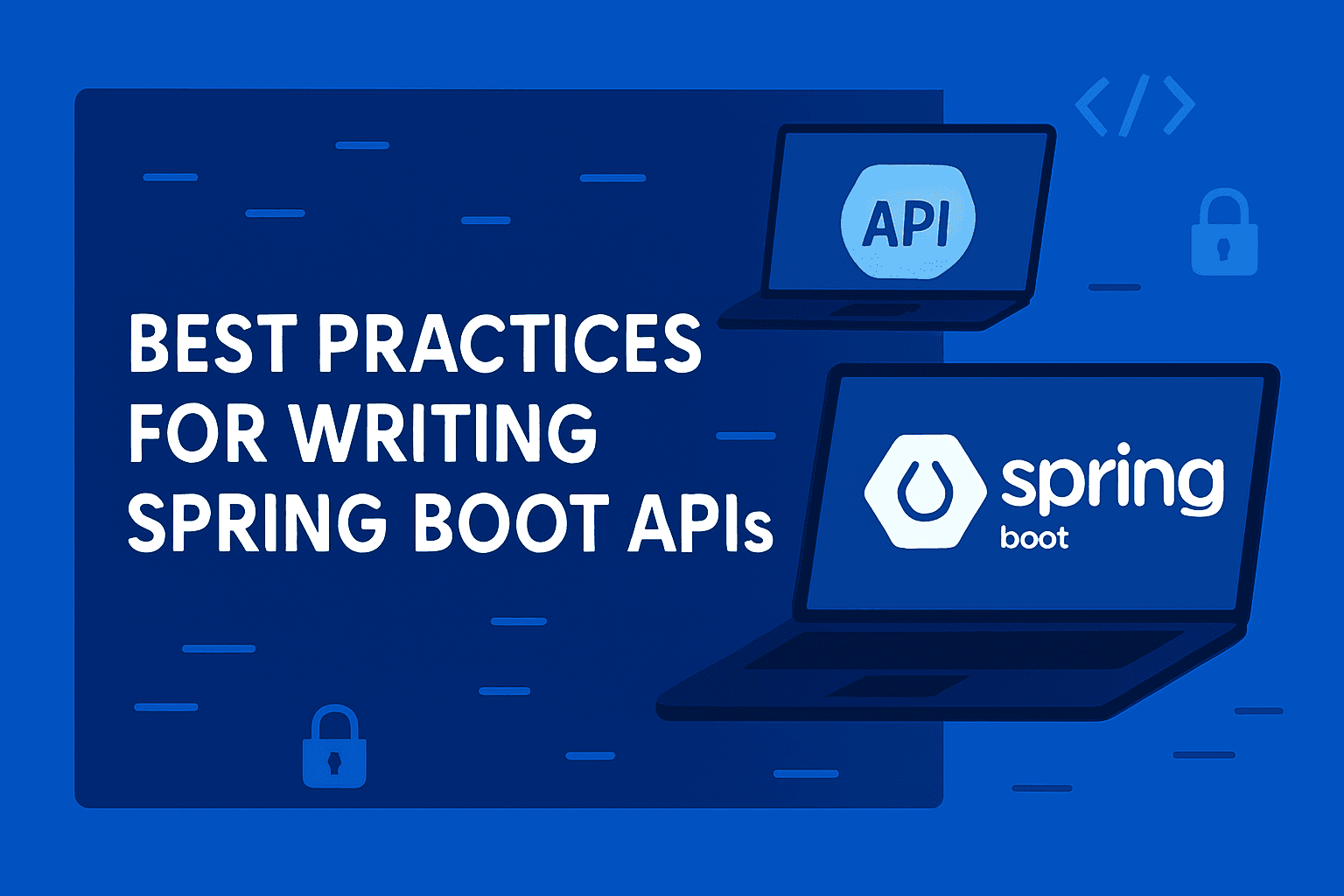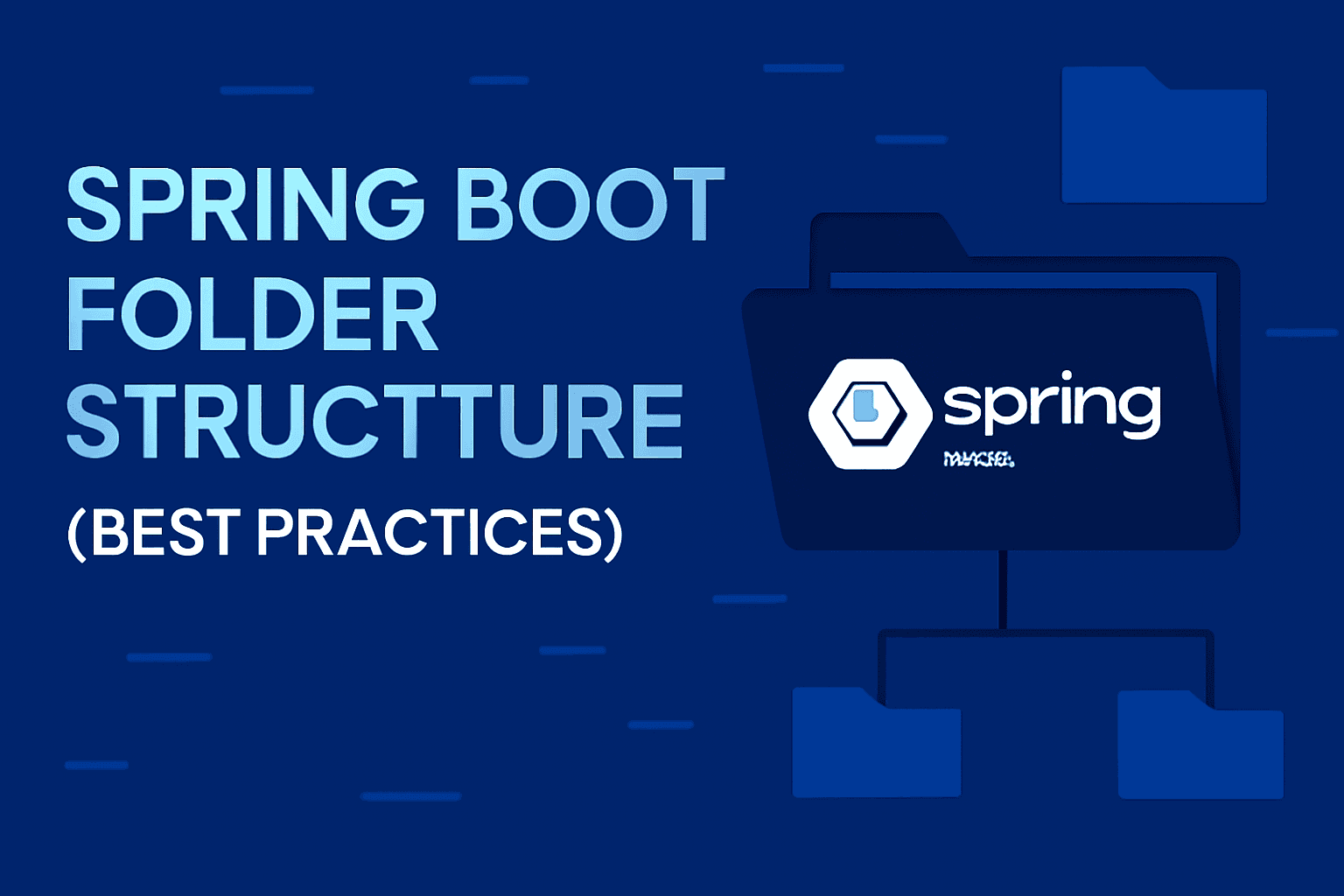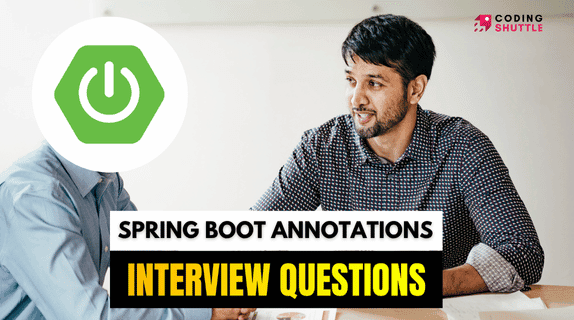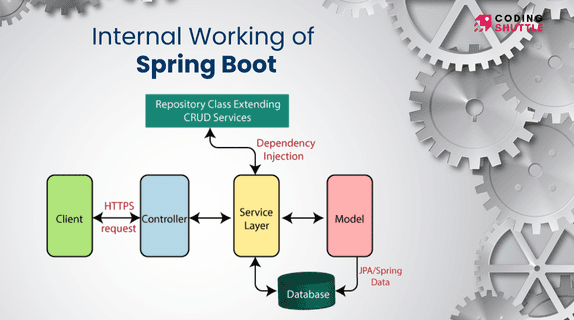
12 Spring Boot REST API Best Practices to Build Scalable & Secure Applications
Learn Spring Boot API Best Practices to build scalable, secure, and production-ready REST APIs with proper naming, status codes, DTOs, validation, and exception handling.
Munaf Badarpura
July 05, 2025
6 min read
If you are diving into building APIs with Spring Boot then writing APIs that are just work is good but not enough because when you are working on real world applications, APIs that are created with best practices make your development more easier.
So in this article, I am sharing some real world spring boot API best practices that will help to create scalable, secure, and production ready APIs.
1. Use Meaningful & Consistent API Naming#
When it is time to define API endpoint names in your application use nouns that accurately reflect the resources your API manages (e.g., /products, /users). This makes your APIs more predictable for consumers.
Here is an example of products crud API endpoint naming convention :
2. Follow a Consistent Project Structure#
Building APIs with well-organized project structure helps in easy collaboration as well as enhances code readability. It also promotes testing and faster debugging.
Here is an example of consistent Project Structure :
3. Use RESTful Conventions#
When you are building APIs, every API should follow proper HTTP method conventions to make your API predictable and easy to understand for other developers
Here is an example of using proper HTTP methods :
4. Use Meaningful Status Codes#
There are many new developers are return 200 OK for every response even if something went wrong. which creates confusion for any client. HTTP status codes are useful to tell the client exactly what happened with their request. So using them properly makes your APIs more predictable. Here are some common status codes you should use :
5. Use DTOs for Request and Response#
Exposing entity classes is risky and leads to tight coupling between your API and database structure. So that is why always use DTO (Data Transfer Objects) for receiving data as well as sending data to client.
For example for user entity we do not share password field in response :
6. Use Validation in DTOs#
In real world applications never trust the client because they can send incomplete, incorrect, or even malicious data that can break your application. So adding validation in DTO (Data Transfer Objects) helps to avoid incorrect or malicious data.
Here is an example of adding validation in request DTO :
7. Use Pagination For Large Dataset#
When you have thousands or even millions of records in your database and returning all records from one API will slow down your API or overload your server or even some times it will crash the client-side application. That is why Pagination is a must for APIs that deal with large datasets. Pagination helps to split the data into smaller chunks (pages). Here is an example of paginated API in Spring Boot :
8. Use Proper Exception Handling#
In our project there is a chance that something unexpected happens on the server like record not found, invalid data etc. If you do not handle these kind of exceptions properly, your API will send error messages or even stack traces to the client which is risky. That is why Exception Handling is one of the most important best practices when building Spring Boot APIs.
Spring Boot provides a clean way to handle exceptions globally using @ControllerAdvice :
9. Validate Input Data#
Always validate incoming data to protect your API from bad requests. Use @Valid with Bean Validation annotations like @NotNull, @Size, or @Email.
Example Approach:
- Annotate your DTO (Data Transfer Object) class with validation constraints.
- Handle validation errors with a custom MethodArgumentNotValidException handler.
Example :
10. Secure Your API#
Security is a must! Use spring-boot-starter-security to add authentication and authorization. Implement JWT tokens or OAuth2 for secure access, and restrict endpoints based on roles.
Example :
11. Version Your APIs#
As your API evolves, version it to avoid breaking existing clients. Use a versioning strategy like /v1/users.
12. Document Your API#
Good documentation is a lifesaver for users. Use tools like Springdoc OpenAPI (Swagger) to generate interactive API docs automatically from your code.
Example :
Conclusion:#
By following these best practices for writing spring boot APIs in real-world application makes your APIs clean, efficient, and secure. Also your APIs become predictable with proper endpoint naming, status codes help clients easily understand responses, and for large datasets, pagination ensures quick and efficient data retrieval, making your APIs reliable and performance-friendly.
Want to Master Spring Boot and Land Your Dream Job?
Struggling with coding interviews? Learn Data Structures & Algorithms (DSA) with our expert-led course. Build strong problem-solving skills, write optimized code, and crack top tech interviews with ease
Learn more

